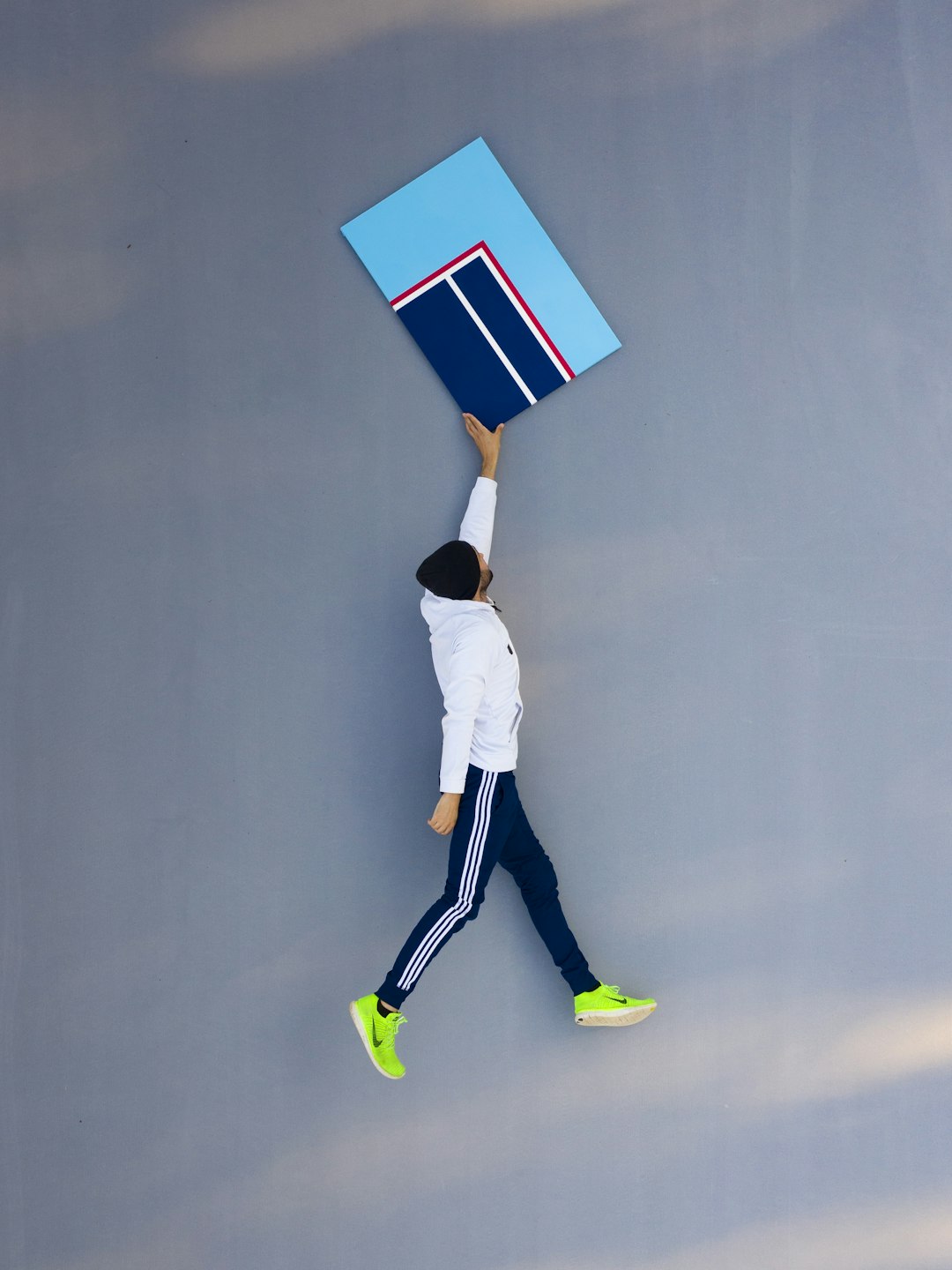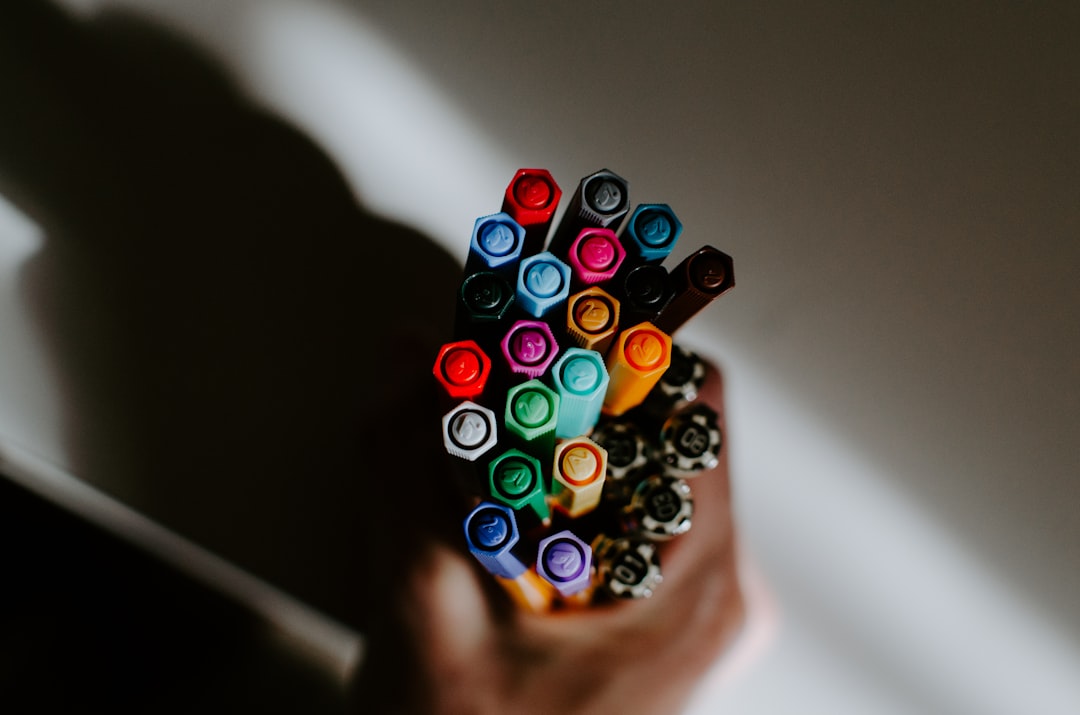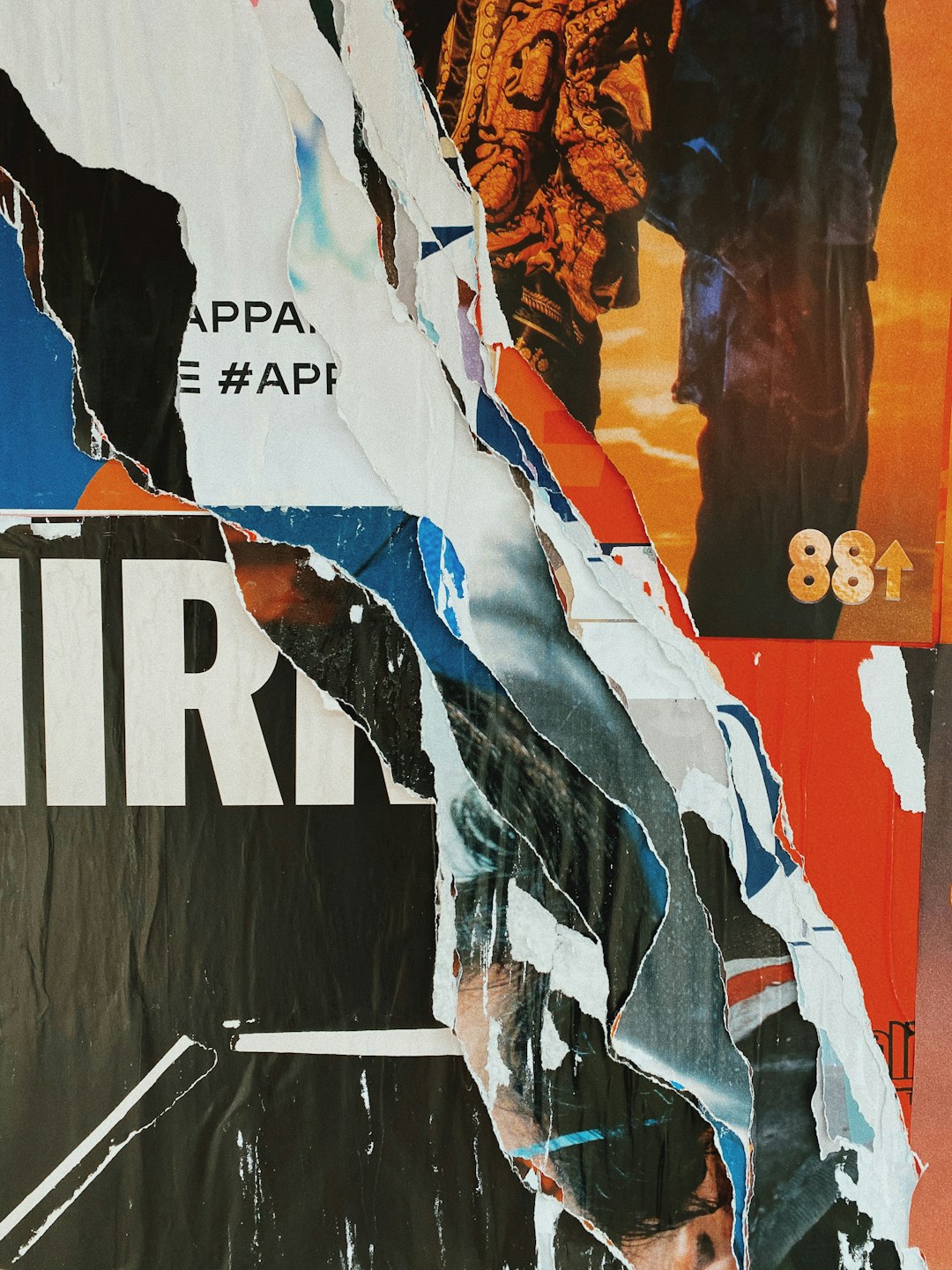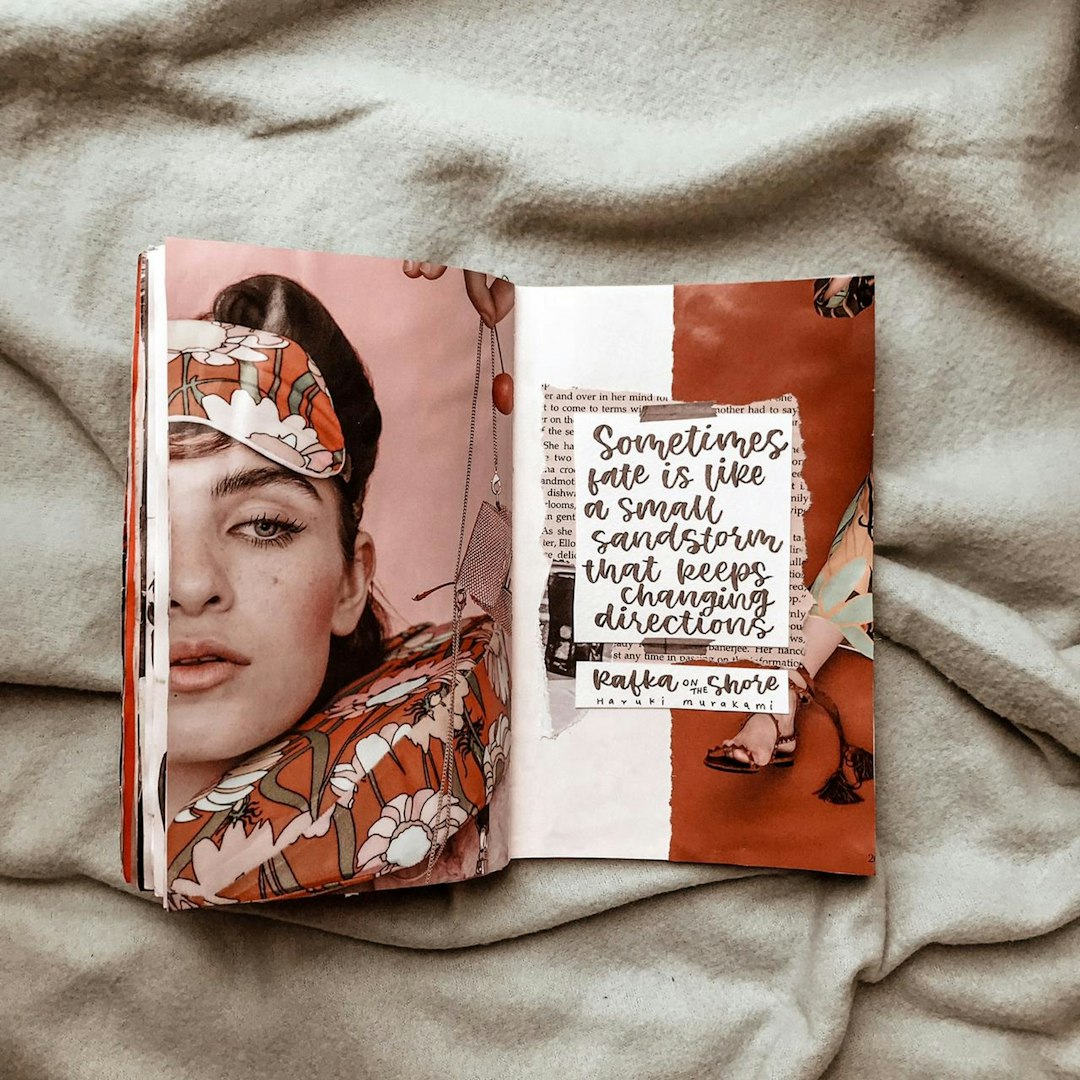
When you were a child, you probably drew pictures showing how you felt about having a new baby brother or learning to swim. Now that you're grown up, you can still use art to process your emotions and reduce stress. If you aren’t fond of writing, embrace art as another way to express yourself.
Many artists and therapists use visual journals to help them with their work. The journal is a space without judgment, a personal space where the process is more important than the results. Whatever your personal goals, images can be part of your journaling strategy for moving ahead.
(Note: For visual journaling, choose a notebook or journal with heavier paper, or perhaps even a blank scrapbook. Be prepared for colors to bleed through the paper, and for your notebook to grow fat with your creations.)
Benefits of Visual Journaling
1. Articulate your feelings. When you're struggling to put your emotions into words, it may be easier to sketch them out. What do you feel like creating? Soft swirls or sharp lines? In black, blue, or maybe red? The shapes and colors you choose could be revealing.
2. Increase your willpower. Each time you update your journal, you remind yourself about the positive changes you are trying to achieve. It's a simple way to create triggers that reinforce new habits.
3. Manage stress. Protect your mind and body from the effects of chronic stress. A journal soothes without any extra calories or extravagant expenses. Tear the pages, poke them, crumple them. Or, splatter the pages in pink or slash them with black. You may want to carry a journal with you, with easy access to a rainbow of emotional colors.
4. Stimulate your creativity. Doodle, make stick figures, paste in pictures, and magazine clippings. Stamps are great for journals, as are stickers, and stencils. Any art project can trigger innovative thinking. You'll discover solutions to longstanding challenges at home or work.

Creating Your Visual Journal
1. Record your feelings. Let whatever you've been bottling up come pouring out. Ask yourself how you're feeling, then grab a color and go. The “answer” may surprise you.
2. Mark up a book. “Altered Books” are a wonderful way to create visual journals. Find inspiration by searching for prompts in a children's story or an advertising supplement. Take a heavily-illustrated book and replace the story or text. Alter the pictures or the text. Alter the illustrations.
3. Doodle a little. Put your pen or pencil to the paper and close your eyes (or not). Let the tip flow around the paper intuitively, as your hand wishes. Even if your time is limited, you can see what appears spontaneously when you put pen to paper. Your free-form doodling may produce symbols or shades that can uncover subconscious concerns about your health or your family.
4. Assemble a collage. Browse through magazines for pictures or collect various types of items you can use. Canceled stamps, ticket stubs, ribbon, buttons. Paste the items on the page according to your own design.
5. Dream on, Dreamweaver. Park your journal on your nightstand before you go to bed. In the morning, you may be able to capture a snapshot of your dreams while your memory is fresh. Any especially vivid dreams should be explored in your journal.
6. Add text. No, you don’t have to write it. Maybe you want your journal to combine words and images. Invent captions or drop in some favorite quotes. Print out memes and paste them in place. Cut letters from newspapers and magazines. Turn your adventures with dieting or dating into a graphic novel or a cartoon.
7. Note the date. Try keeping track of the day and time that you update your journal. Your time with your journal is a date with yourself. Your journal is a reflection of your self-exploration. An ongoing log will help you to see changes or patterns that develop over time. You may also notice how your mood or energy levels shift from morning to night.

Using Your Visual Journal
1. Keep it private. Keep your journal for your eyes only. It’s not a secret diary, and you may wish to share certain pages or spreads, but knowing you're the only one who will see it will help you to feel free to experiment and divulge your innermost thoughts.
2. Browse online or visit the library. There are many websites and forums devoted to visual journaling and art therapy. Look at samples on Pinterest. If you're not a techie, visit your local library for books on visual journaling.
3. Collaborate with a friend or two. If you tell your friends and family about your journal, they may be interested in joining you. You can share time together, share materials & supplies (Rubber stamps are expensive!) You could discuss each other's work. You could also present themes or prompts to compare your results.
4. Show it to your therapist. If you're already seeing a counselor or plan to start therapy, you may want to incorporate your journal into your sessions. Or, consider sharing with your BFF. Ask for input and consider their recommendations.

Creative expression is good for your health and wellbeing. Journals don’t need to be written or filled with words. It is the process that connects you to your inner being, and the results, more often than not, are surprising or enlightening. Lift your spirits and clarify your thinking by making your journal more visual.
